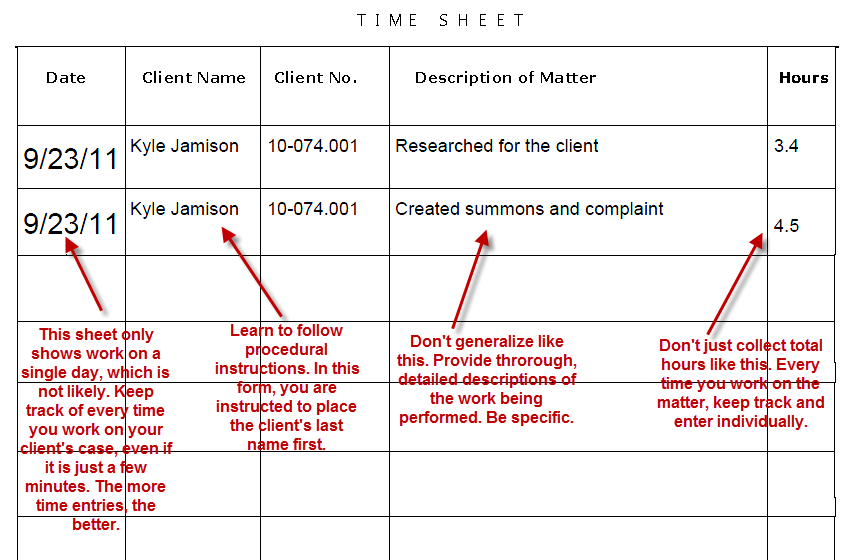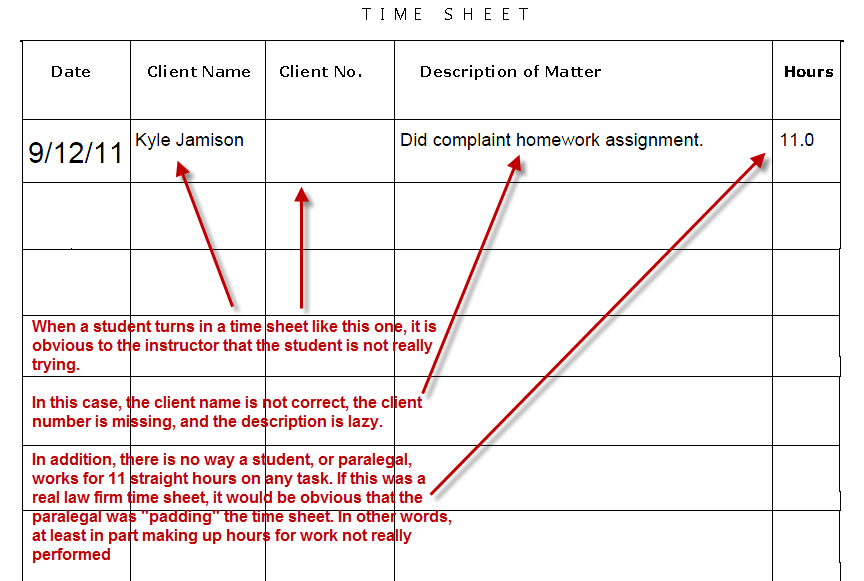Where You Have Been

The average student spends
including Labs
in importance for exam preparation
3.6
Interoffice Memorandum Form
-
Segment ProgressBar

INTRODUCTION
This is the most difficult written assignment in the program. We say this not to scare you, but to let you know that after this, other assignments will make more sense and will come to you more easily. After all, this is the first time you have attempted legal analysis. This assignment will also take you longer than you anticipate, so start right away.
Most importantly, use the Writing Lab:
• Click on the Labs button
• Locate the Writing Lab box
• Click on Memorandum Lab
The demonstration below will help you see the construction of a memorandum, and the structure of legal analysis.
Lecture Notes . . .
INTRODUCTION TO MEMORANDUM FORM
The memorandum on these pages is a caricature of a legal memorandum. It is provided to demonstrate the structure of memorandum form, and is not designed to be used as an actual example of a legal memo.
Having said that, there are a few points we would like to emphasize as you read these pages.
Issues define the memorandum, because they are the points that will be addressed by the authority cited and the analysis of the author. It may be helpful to think of the memorandum structure this way:
-The Issues are questions
-The Analysis discusses the Issues
-The Conclusion answers the Issues
Analysis is the heart of the memorandum.
The Caption is easy. The Assignment is too. The Facts of the case aren't much harder, and the Issues are provided by the attorney. So up to this point, there hasn't been much that should give you any problems.
Analysis is different. This is where you will need to focus the majority of your effort. When talking about the Analysis part of memorandum form, we are talking about the Analytical Process.
Note that after restating the issue, the analysis begins. For every authority relied upon, the writer will follow the five steps of the Analytical Process ( referred to as IRAC).
I- Introductory Statement
R- Rule Facts and Quotation
A- Apply the law to your facts
C- Conclusion
The Conclusion at the end of the memorandum is separate from the conclusions within the analysis, even though they are related. There is usually one Conclusion for each Issue.
The Recommendation suggests next steps to be taken. This is the one part of the memorandum where you can give your own views or opinions. But be conservative! Don't go out on limbs unless your suggestions are well founded by the authorities you have relied upon in the memorandum!

Demonstration
The IRAC Method
Commonly Asked Questions . . .
CLICK HERE if this tool does not work properly - Open in new windowThe Good, The Bad, and The Ugly Time Sheets
You are required to keep track of your billable hours when working on legal research and writing assignments and to turn them in with your written assignments. Click on the examples of Time Sheets below to zoom in and compare. Yours should look like the Good example.

Legal Writing Lab
It is recommended that you use the Legal Writing Labs when you are creating your documents. The Labs allow you to work on the written assignment online while receiving both text-based and audio guidance for every step of the process. JUST CLICK HERE!



